The Last Paper Crane
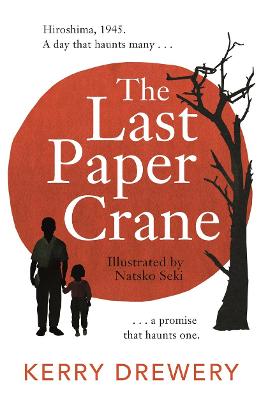
By Author / Illustrator
Kerry Drewery, Natsko Seki
Genre
Historical Fiction
Age range(s)
14+
Publisher
Hot Key Books
ISBN
9781471408472
Format
Paperback / softback
Published
02-04-2020
Synopsis
Joint winner of the UKLA 11-14 Book Award and Winner of the Warwickshire Schools Library Award. A Japanese teenager, Mizuki, is worried about her grandfather who is clearly desperately upset about something. He says that he has never got over something that happened in his past and gently, Mizuki persuades him to tell her what it is.
We are taken to 1945, Hiroshima, and Mizuki's grandfather as a teenage boy chatting at home with his friend Hiro. Moments later, the horrific nuclear bomb is dropped on Hiroshima. What follows is a searing account of the blinding flash, the harrowing search for family and the devastation both human and physical. There is also the very moving and human story as the two teenage boys with great bravery search for and find Keiko, Hiro's five-year-old sister. But then Keiko is lost when Mizuki's grandfather has no option but to leave her in a safe place while he goes for help... Despite a desperate search in the aftermath of the bomb, where he leaves origami folded paper cranes for Keiko with his address on everywhere a survivor could be, he cannot find her... A powerful novel that, despite its harrowing subject matter, has hope at its heart
Reviews
lorraine
Mizuki is troubled. Her grandfather does not seem like the man she once knew and one day he reveals a secret that has been burdening him for many years. Mizuki wonders if she can find a resolution to finally give him peace.
The Last Paper Crane is an outstanding, evocative book that had me in tears from halfway through. Written alternatively in verse, prose and Haiku, it would be easy to believe this were a book based purely on the horrors created by the atomic bomb at Hiroshima, 1945. There are, however, many relationships explored here and that is what I feel makes the book so emotional. We feel the joy and loyalty of best friends, the love, teasing and irritation of siblings, the support and devastating loss of partners, the promises made between parents and children, and the adoration, honour and respect for grandparents.
Split into three parts, it begins with Mizuki and her grandfather, who is haunted by the events he experienced and particularly by the guilt he feels about a little girl he tried to save when the bomb exploded. Very quickly we are dropped into part two and the harrowing experiences of those caught up in the initial blast and aftermath. The author handles this sensitively for the age of the intended readers whilst allowing enough detail to immerse them into the heat, injuries and exhaustion that the victims may have experienced. Part three takes us back into the modern day and Mizuki's search for the lost girl, in the hope she can help her beloved grandfather.
There are several things that stand out in this book and which, combined, make it an excellent choice for young people. The switch between verse, Haiku and prose allow the reader to take a breath, pause, and almost inhale the events and emotions that the writing evokes. Illustrated beautifully throughout in a limited colour palette by Natsko Seki, the images drop the reader into Hiroshima itself and cast a deathly calm over the scenes. The paper cranes throughout the book remind us of the lifetime of guilt felt by the grandfather and the pain he has carried. Written sensitively and thoughtfully, the author has tailored the scenes perfectly for young people whilst allowing their imaginations to do the rest.
I always think the sign of a good book is one that leaves you wanting more and although the book has a natural conclusion, I couldn't help but want to keep reading about these characters and their lives. I will also be taking up a few of the author's suggestions for further reading on Hiroshima. The addition at the end of the book of a sheet of origami paper and instructions to make a paper crane are an inspired choice. I can't say that my attempt was perfect but it was a lovely ending to a powerful book.
I can see this working extremely well with reluctant readers and reading groups, due to the short chapters, Haiku breaks and evocative illustrations. There is so much to discuss here and activities always feature well with groups, here there is one tailor made! I feel this is one of those books that will reveal more on each reading and it is high up there on a list of favourites for me. Highly recommended.
275 pages / Reviewed by Lorraine Ansell
Suggested Reading Age 11+
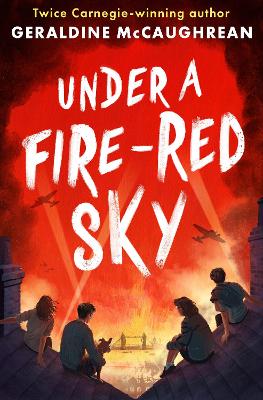 Under a Fire-Red Sky
Under a Fire-Red Sky
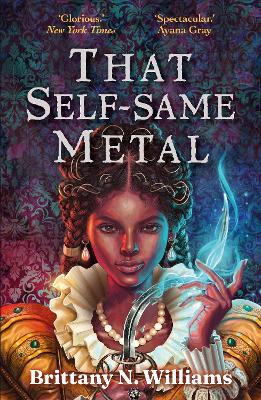 That Self-Same Metal
That Self-Same Metal
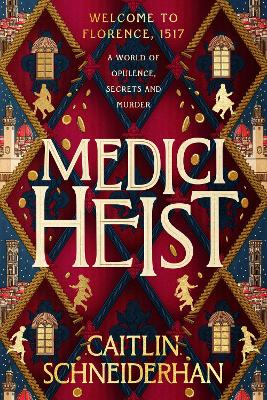 Medici Heist
Medici Heist
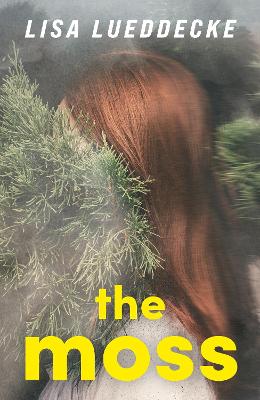 The Moss
The Moss
